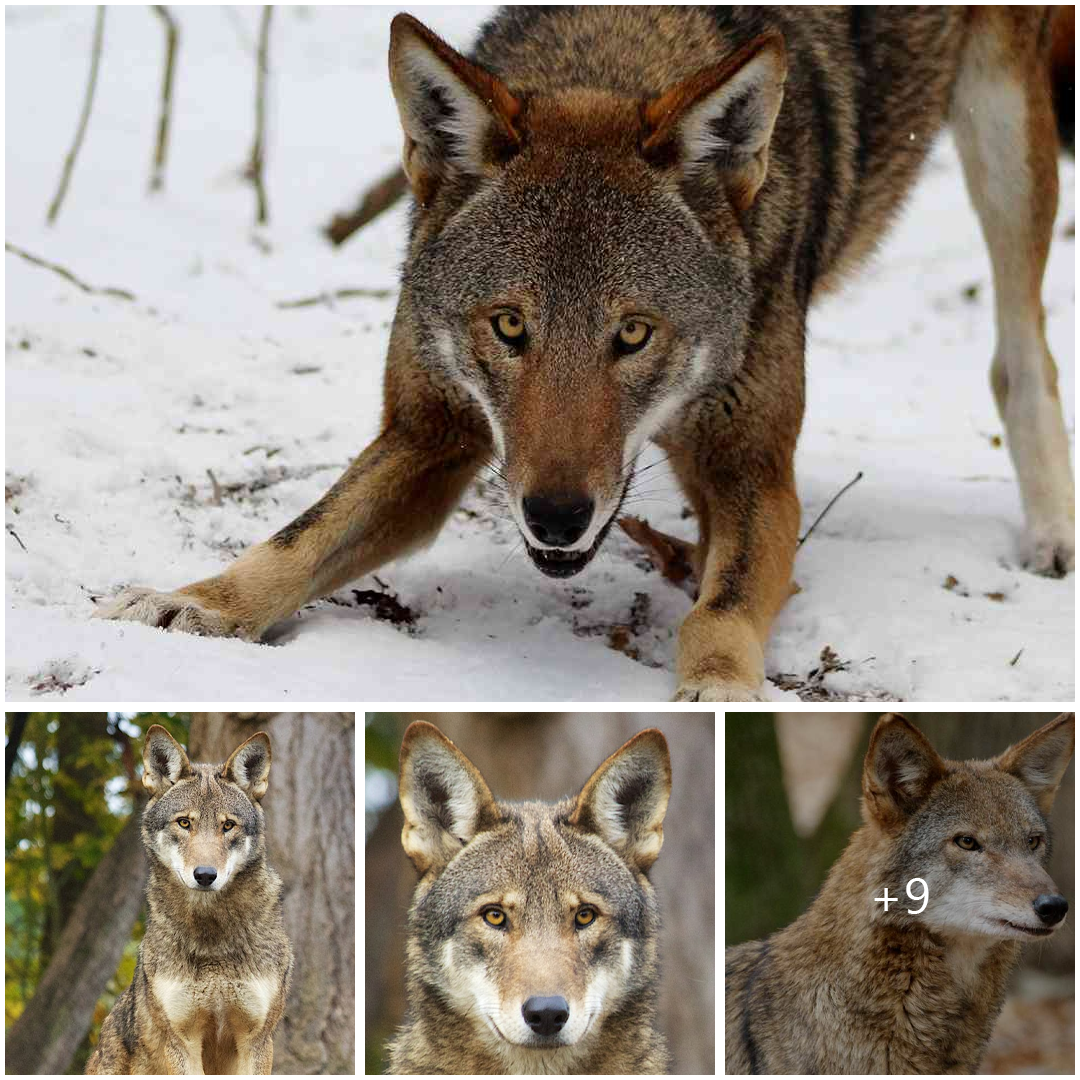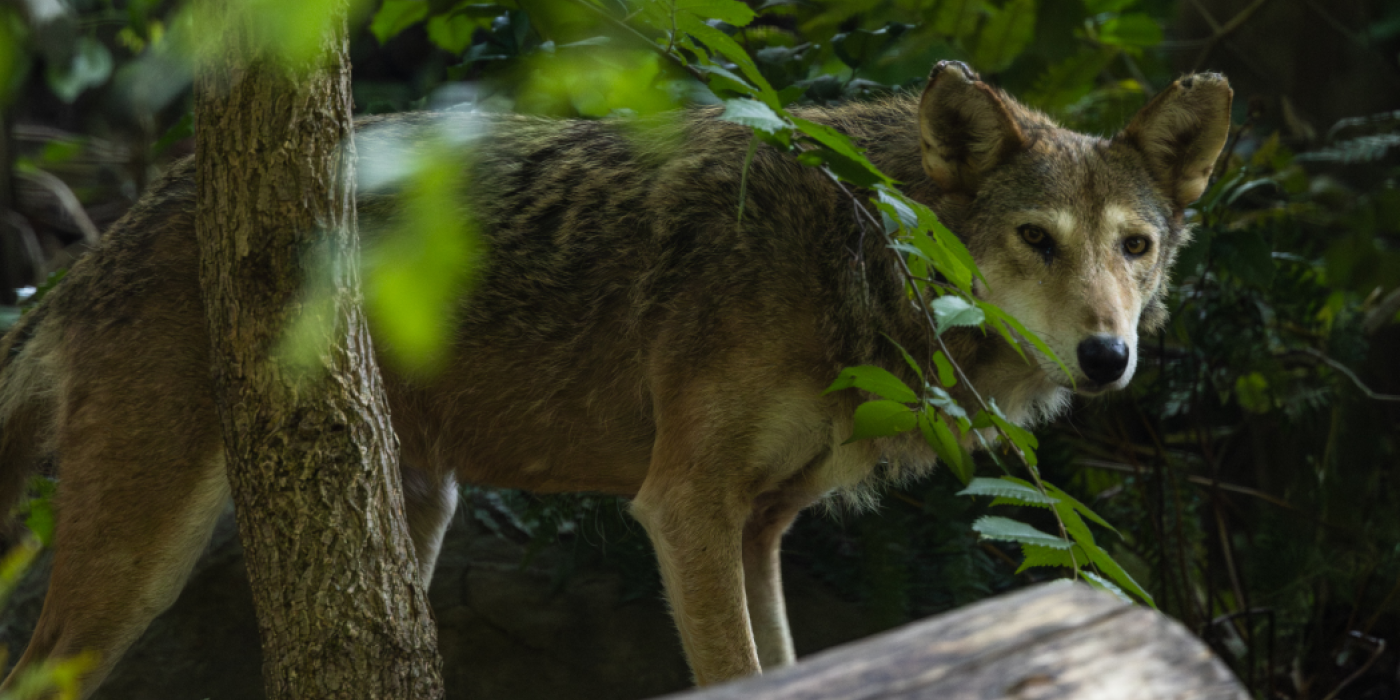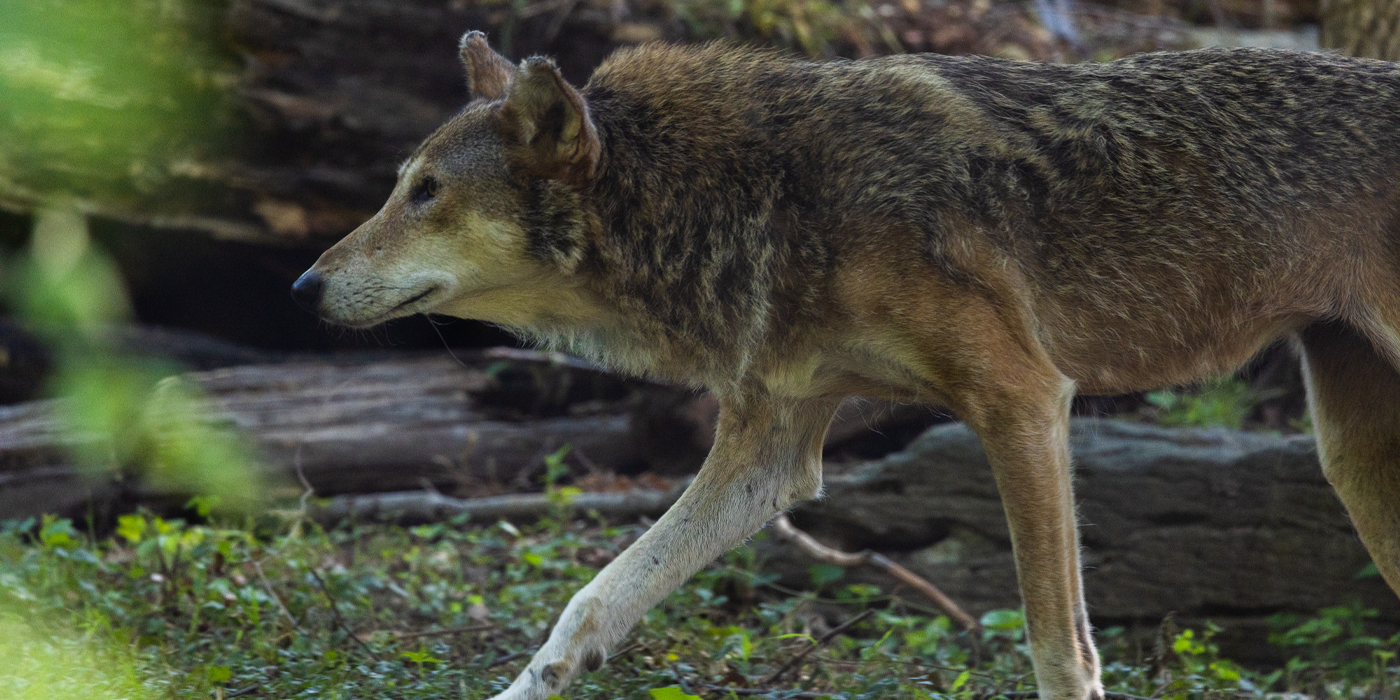
Rediscovering the Red Wolf: Preserving America’s Rare Canid
Introduction: Amidst the vast woodlands and wetlands of North America, the red wolf (Canis rufus) prowls with a quiet dignity, its russet coat blending seamlessly into the landscape. Once on the brink of extinction, this elusive canid now stands as a beacon of hope for conservation efforts aimed at preserving America’s rich biodiversity. In this exploration, we delve into the unique characteristics and conservation challenges facing the red wolf, shedding light on its ecological significance and the efforts to ensure its survival.
Ecological Role and Habitat: The red wolf plays a crucial role in shaping the dynamics of its ecosystem, preying on small mammals such as rabbits and rodents, thus helping to control their populations. Its habitat preferences include a mix of woodlands, swamps, and coastal prairies, where it can find suitable cover for hunting and denning. However, habitat loss and fragmentation pose significant threats to its survival, as human development encroaches upon its natural range.

Conservation Status and Challenges: The red wolf is classified as “Critically Endangered” by the International Union for Conservation of Nature (IUCN), with only a few hundred individuals remaining in the wild. Conservation efforts to protect this iconic species involve habitat restoration, captive breeding programs, and the reintroduction of red wolves into suitable habitats. Additionally, measures to address human-wildlife conflict and reduce mortality from factors such as vehicle collisions are essential for the red wolf’s survival.

Community Engagement and Education: Community engagement and education play a crucial role in raising awareness about the importance of red wolf conservation and fostering support for conservation initiatives. By involving local communities in monitoring efforts, habitat restoration projects, and outreach programs, conservationists can build partnerships and promote coexistence between humans and wildlife.





